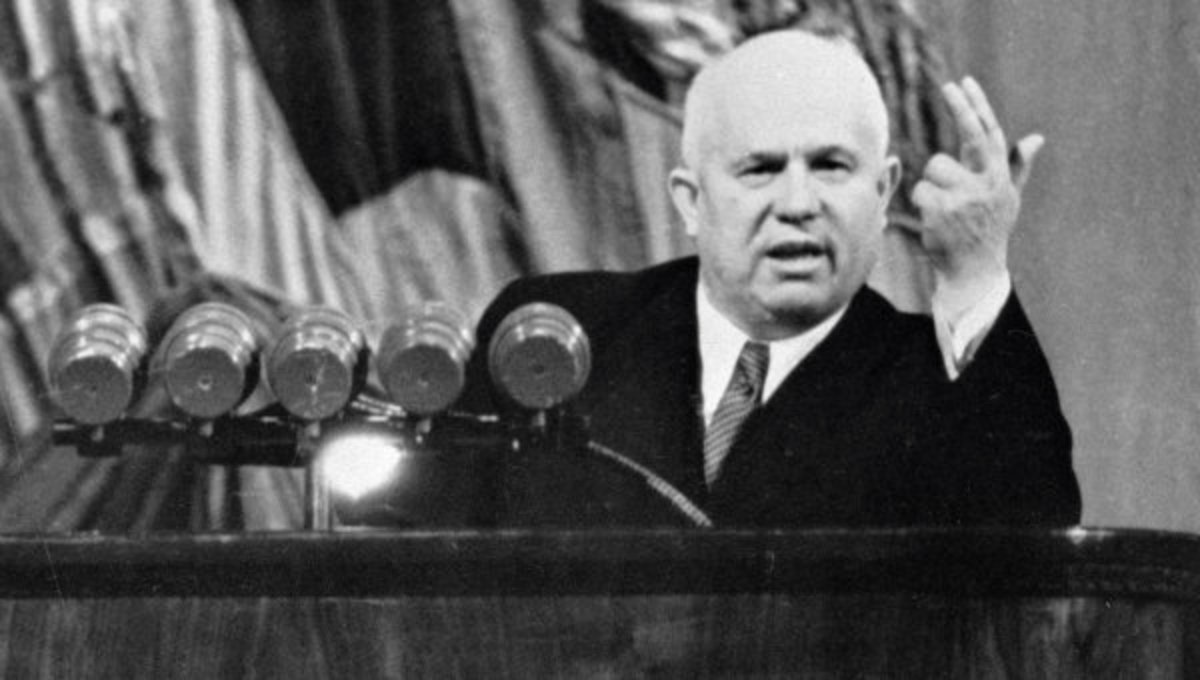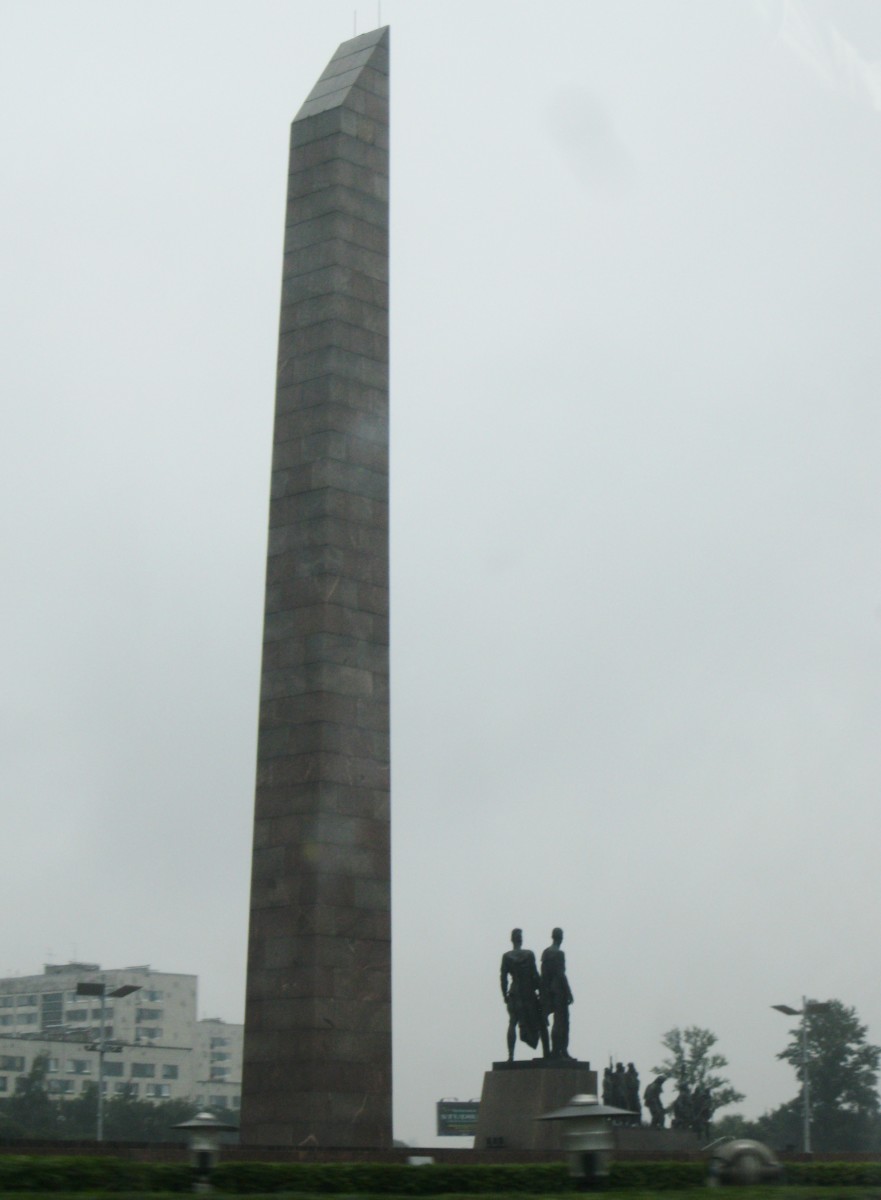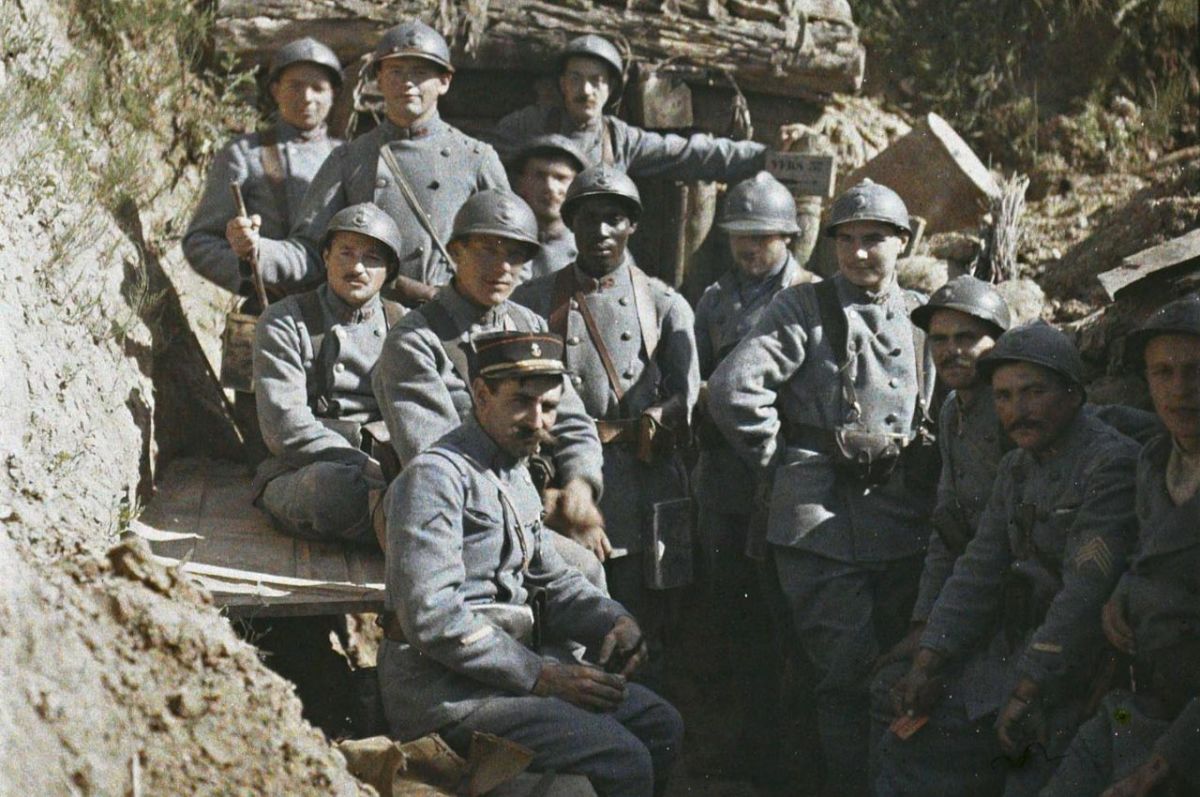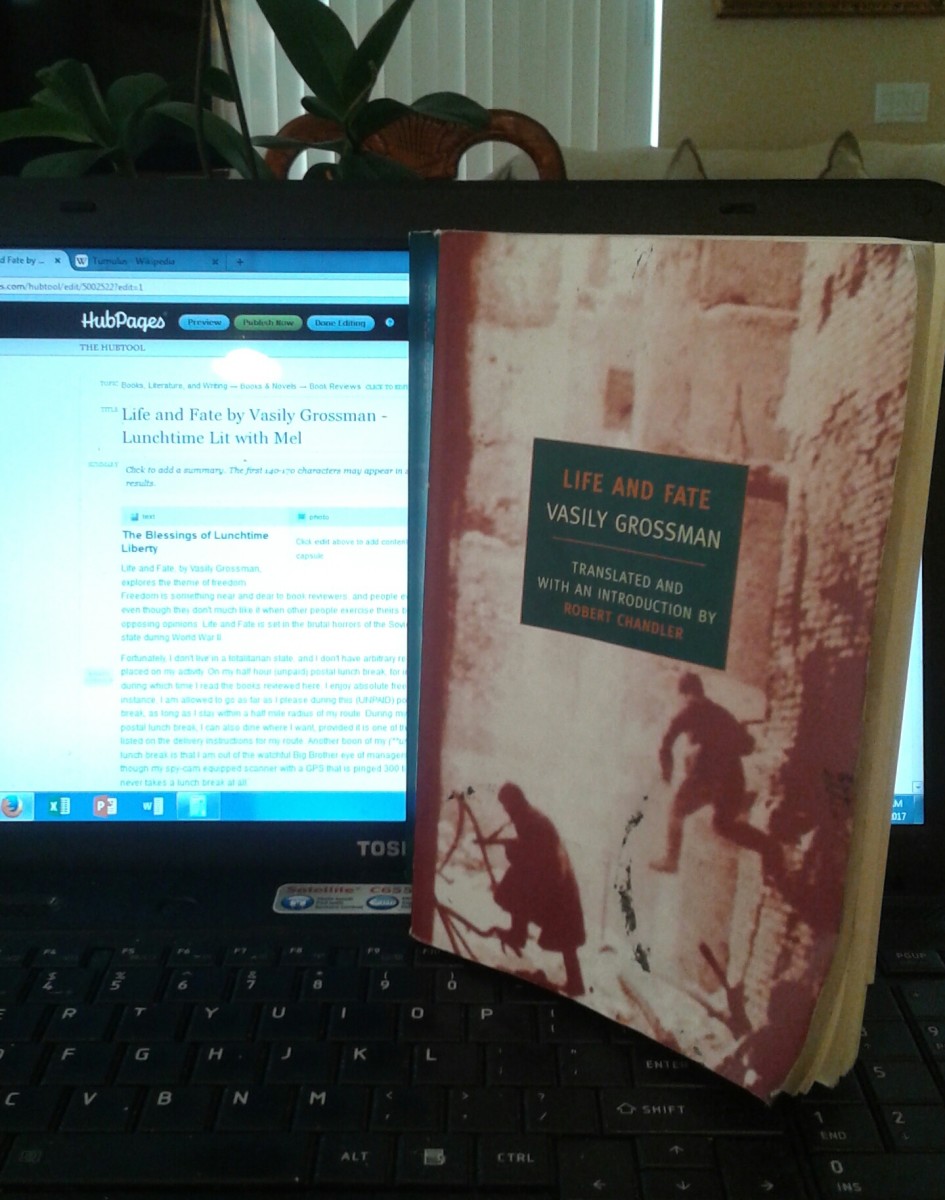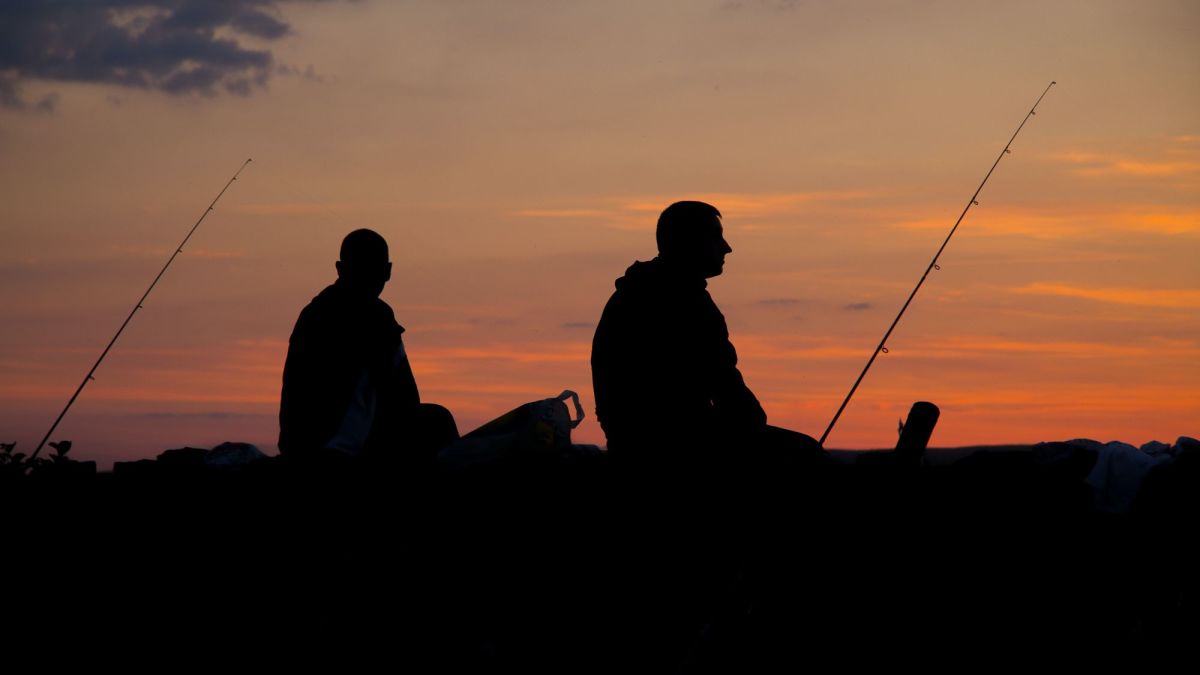The Great Purge and UDHR
The Great purge and UDHR
Rights violated during Great Purge
The fundamental human right violation that was experienced during the Great Purge included subjection to torture, unfair detainment, an impediment to freedom of expression, freedom of thought, Violation of workers' right, right to own properties, coupled with the right to undertake public assembly as well as the right to life.
a.)Subjection to torture
There were broadly publicized trials as well as a series of closed, unpublicized trials, in which numerous prominent Old Bolsheviks were established to be guilty of treason and consequently executed or incarcerated (Abramson, 2018). Moreover, the entire evidence used in the n court was typically derived from the preliminary examinations of the underlying defendants and their respective confessions. It was found that the accused were innocent and the cases fabricated by the renowned secret police (NKVD). Nevertheless, their confessions were also made under severe torture as well as intimidation. The prisoners were involved within numerous economic activities, but their respective work was typically unskilled, physical, as well as economically inefficient. There was a combination of violence, dangerous climate, hard labor, small food portions coupled with unsanitary situations that resulted in very elevated death rates within the camps. Several people were subjected to the arbitrary arrest, and detention by Stalin during the era of Great Purge. No individual has the right to subject any individual in prison devoid of any good reason as was done with The Great Purge.
b.)Right to life
Stalin utilized the murder as a chief excuse for the introduction of the draconian laws against any political crime and for undertaking a witch-hunt for the purported conspirators against Kirov. The critics of Stalin were taken to Gulag labor camps where they were subjected to severe terror and death of over 750,000 individuals.
In 1937, numerous kulaks and criminals were arrested and executed by the NKVD regional chiefs. Moreover, in the same year, ex-kulaks, as well as supplementary anti-Soviet elements like the former officials of the renowned Tsarist regime, former members of the political parties apart from the communist party, were executed and others taken to the Gulag prison camps extrajudicially under the directive of the NKVD troikas (Abramson, 2018). Political convicts that were already serving a sentence within the Gulag camps were also executed in massive numbers. The NKVD orders chiefly targeted the most vicious as well as stubborn anti-Soviet elements within the camps were shot.
Moreover, Stalin sent out NKVD operatives to the Mongolian People's Republic, recognized a Mongolian type of the NKVD troika, and executed numerous people due to their ties with the pro-Japanese detective rings with the majority being the Buddhist lamas.
c.)Freedom of thought
The intelligentsia that is all the existing intellectuals were also massively was affected. Any kind of criticism of the Big Brothers by the artist was prohibited. During the Great purge, certain 2,000 writers, intellectuals, as well as artists were typically imprisoned and 1,500 perished within the prisons as well as concentration camps. Stalin also managed to bring both the party as well as the public to a condition of whole compliance to his rule. Soviet society was typically extremely atomized and the existing people became so dreadful of the prevailing punishments regarding mass arrests. Numerous of the country's prominent writers and artists were arrested and consequently killed, especially those who had earlier supported the renowned Bolshevik Revolution. Moreover, in the year 1938, Nikolai Yezhov was arrested after being accused of anti-Soviet activity and killed.
According to the UDHR, all individuals are mandated to have the right about freedom of thought either alone or within the community within other people and the public as well in private.
d.)Violation of workers' right
Beria in 1938 headed the secret police and supervised a purge of the police bureaucracy itself and managed the huge network of labor camps established the entire country. The Soviet Union's internal-security system played a major role in terms of the raw-materials production utilizing slave labor within the camps.
People were forced to work in Gulag labor camps under hostile conditions coupled with massive discrimination. The victims of purge endure the torturous circumstance within the notorious Gulag labor camps (Davies et al., 2018). Numerous individuals who were taken to Gulag camps were eventually executed. Even though it is estimated that a minimum of 750,000 individuals was killed during the Great Purge, it is said that the number could be much higher. Since numerous individuals simply vanished, and killings were frequently concealed, a precise death toll is difficult to determine (Abramson, 2018). Moreover, the prisoners within the labor camps regularly died due to exhaustion, disease as well as starvation.
e.)Freedom of expression
The NKVD explicitly had its eyes on the underlying rich peasants, researchers, artists, as well as scientists who were deemed to be "enemies of the people" and consequently charged with treason, wrecking, and espionage. Moreover, there were sturdy anti-elitist attitudes as well as persecution against the individuals who practiced favoritism (Abramson, 2018). This was contrary to UDHR code that stipulates that all individuals have the essential right pertaining to the freedom of opinion as well as expression, which encompasses freedom to hold opinions devoid of any interference as well as able to strive for, receive and divulge information and ideas via any underlying media and notwithstanding of the underlying frontiers.
g.)Right to public assembly
During the Great purge, writers, intellectuals, as well as artists were typically imprisoned and 1,500 perished within the prisons as well as concentration camps. Stalin also managed to bring both the party as well as the public to a condition of whole compliance to his rule. Soviet society was typically extremely atomized and the existing people became so dreadful of the prevailing punishments regarding mass arrests. Individuals were not allowed to join any particular group without the consent of the government (Abramson, 2018).
h.)Right to participate in governance
During the Great Purge, the people were not allowed to contribute to the way they ought to be governed. Stalin ruled authoritatively and anyone who questioned his action was either jailed or killed. In the UDHR all individuals have the right to participate within the government within their respective nations, directly or via liberally selected representatives (Davies et al., 2018). The people in the Gulag labor camp never had the right to equal access to the public service in the country. Moreover, the will of individuals ought to be the foundation of the ability of the government.
i.)Right to own properties
During the Great Purge, farmers' right to own things such as the case was violated. The Kulaks who were the upper-class peasants were taken to the camp after their farms were repossessed. This led to downfall to the prevailing lower-class peasants (Perry, 2015). Moreover, numerous farm owners and their respective families never had sufficient food, which led to starvation and ultimately death. The famine was directly connected to Stalin and the policies he established.
Efforts resolution of the Great Purge
The efforts of the resolution were implemented by Nikita Khrushchev in the 1950s after Stalin's death, who typically overturned numerous repressive policies. In 1956, Khrushchev typically condemned Stalin's purges and his corresponding cult of personality. Moreover, Khrushchev processed "de-Stalinization" and numerous Gulag prisoners were gradually released. In the 1950s and 1960s, numerous victims of the purges were rehabilitated in a bid to permit the former prisoners to regain their respective lives and status. Numerous victims of the Great Purge were also rehabilitated posthumously.
References
Abramson, M. (2018). Creating Killers: Stalin's Great Purge and the Red Army's Fate in the Great Patriotic War. Armstrong Undergraduate Journal of History, 8(2), 79-101.
Davies, R. W., Harrison, M., Khlevniuk, O., & Wheatcroft, S. G. (2018). The Repressions of 1937–1938 and the Soviet Economy. In The Industrialisation of Soviet Russia Volume 7: The Soviet Economy and the Approach of War, 1937–1939 (pp. 1-21). Palgrave Macmillan, London.
Perry, M. J. (2015). Human Rights Theory, 1: What Are'Human Rights'? Against the'Orthodox'View. Against the'Orthodox'View (April 22, 2015). Emory Legal Studies Research Paper, (15-349).

